This book charts Karl Lagerfeld’s life through his extraordinary homes
Karl Lagerfeld‘s stylish life was complemented by an equally chic array of homes, revealed in a new book that also gives a glimpse of the fashion designer’s eclectic eye for interiors
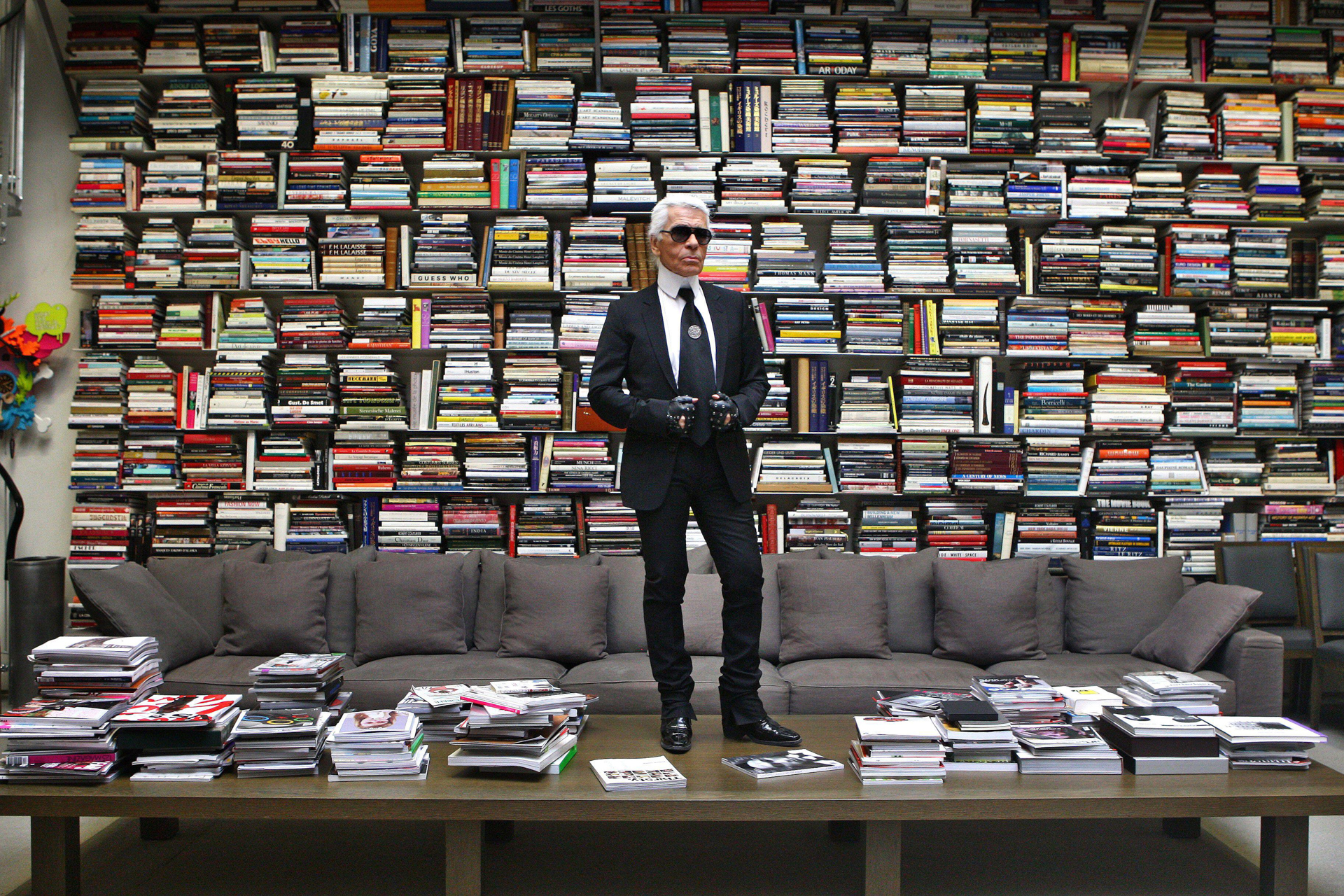
When it comes to fashion’s most enduring figures, Karl Lagerfeld is undoubtedly top of the pile. Synonymous with style – his life encompassed roles at Chloé, Fendi, and, most famously, Chanel – the German designer has transcended the hallowed halls of Paris’ haute couture salons to become a true household name (with an equally enduring look to match).
Now, a new Thames & Hudson-published tome, Karl Lagerfeld: A Life in Houses (£75, available Waterstones) offers the reader a rare glimpse into a lesser-seen side of the designer’s life, charting the glamourous array of homes that Lagerfeld resided in across his career. Each one is constructed with the same meticulous attention to detail and liberated, eclectic eye for colour, print and design as his fashion collections (which could equally be inspired by the crinolines of Marie Antoinette as the vivid postmodern lines of Ettore Sottsass and the Memphis Group).
Karl Lagerfeld: A Life in Houses
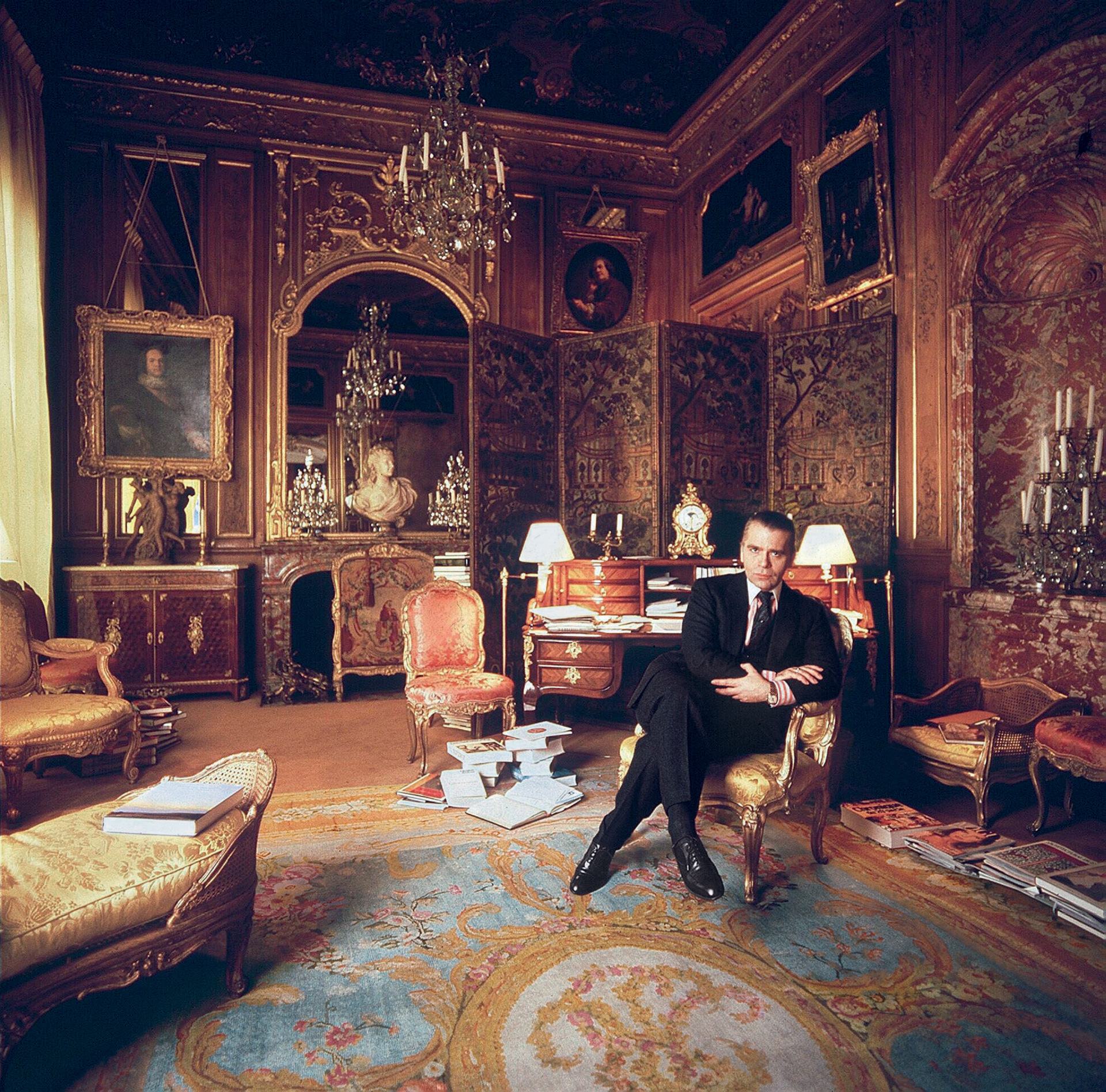
Karl Lagerfeld, photographed at Hôtel Pozzo di Borgo in Paris, France, which he moved into in 1977
The wide-ranging, glossy tome – which features texts from authors Patrick Mauriès and Marie Kalt – steps inside Lagerfeld’s extraordinary portfolio of homes, from Paris to Biarritz, as well as residences in Rome and Hamburg. As expected, each features not only memorable design floruishes – a matching striped couch and wallpaper, surrounded by 19th-century portraits in his Roquebrune-cap-Martin home, adorns the cover – but also hundreds of precious objects which he collected on his travels.
The rooms no doubt also provided spaces for him to dream up his fashion collections, not least in his famous libraries, where the self-confessed bibliophile gathered thousands of books on floor-to-ceiling shelves (as at 8 rue des Saint-Pères in Paris) or scattered over tables. A single page in these was enough to spark a collection, which he would design via drawings that were then sent to the Fendi and Chanel ateliers to be fastidiously recreated. ‘I hate tourism. Travel for travelling?’ he told Wallpaper* when he guest-edited the October 2009 issue of Wallpaper*. ‘No thank you, my dear. I’d rather stay at home enchanted by my books.’

Karl Lagerfeld’s office at his Place Saint-Sulpice residence in Paris, which features tubular chairs by Boivenet, their upholstery specially woven for Lagerfeld after a 1920s design by Hélène Henry
That said, architecture and interiors were a continuing fascination for the designer, who also sought inspiration from palaces, castles, apartments, galleries, city buildings and private residences around the world (some, he said, were only visited in the pages of his library). In the same issue of Wallpaper*, he noted that his tastes could change on a whim. In 2009, he was in the throws of a love affair with 18th-century interiors, having recently tired of Memphis. ‘Nobody else did a total house in Memphis. Nobody. I loved it, but you can't live with it for long,’ he said. ‘After a few years it was like living in old Courrèges. Ha! I'm a fashion person. I can’t spend the rest of my days living with the same old style.’
One of his favourite homes – which is photographed in the book – was a residence 51 rue de l’Université in Paris, where he lived for 30 years from 1977. This past fashion season, the extraordinary home hosted shows by Marni and Victoria Beckham, the first time the house has been used in this way. Just afterwards, it would play host to the first edition of Design Miami/Paris.
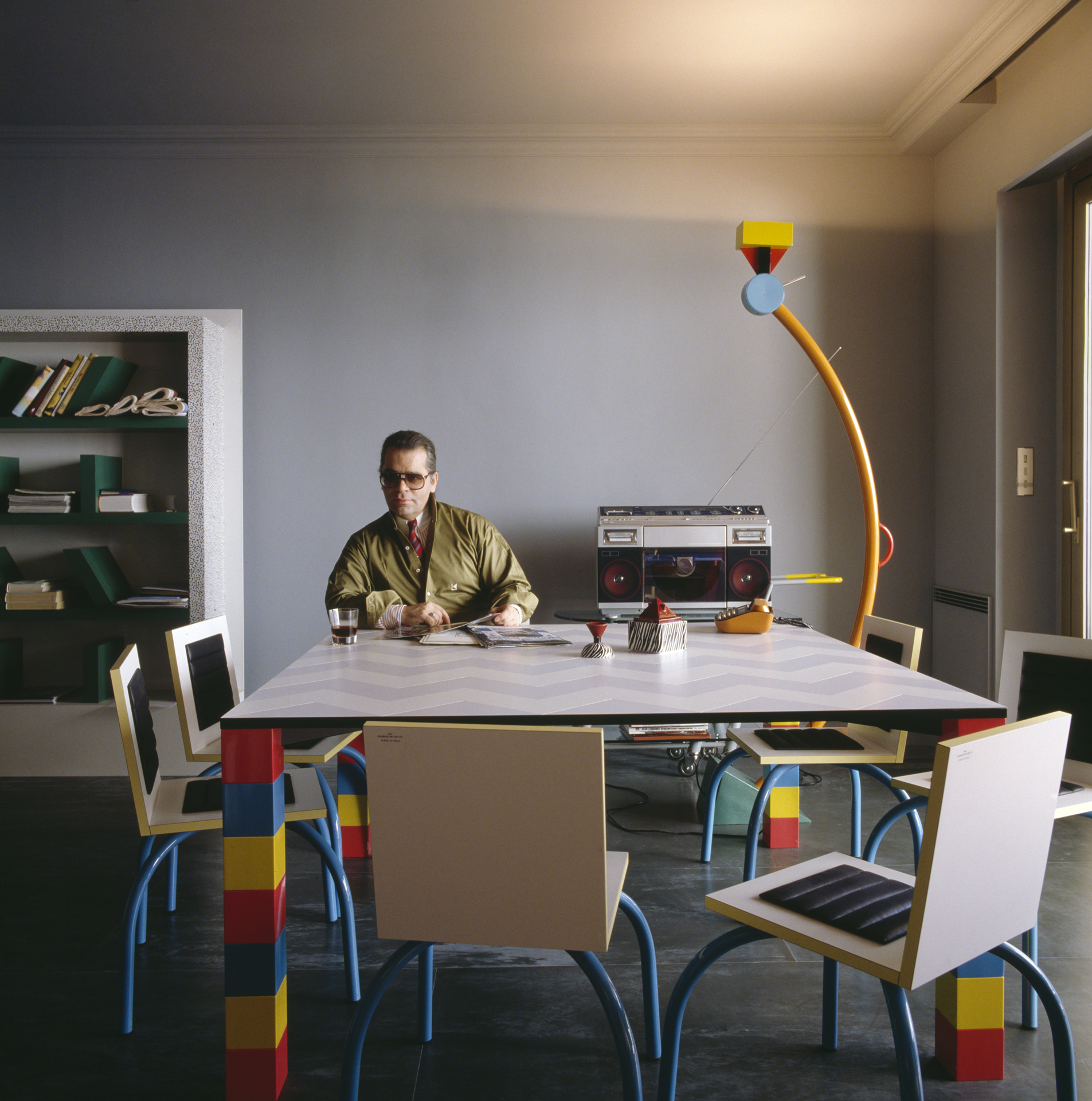
The designer sits at the ‘Unknown’ table by George Sowden, with ‘Riviera chairs’ by Michele De Lucchi, part of his Memphis-inspired home in Monte Carlo, Monaco
In the book, each of the homes is introduced by a short text by Marie Kalt that also catalogues the various objects each home contained. These span an apartment in Saint-Sulpice, Paris, inspired by art deco, an opulent 18th-century mansion, Hôtel Pozzo di Borgo (as the book notes, his friend and collaborator Amanda Harlech said he had a ‘Versailles complex’), an apartment in Monte Carlo, a French countryside pile, and ’Nordic villa’ in his native city of Hamburg.
Receive our daily digest of inspiration, escapism and design stories from around the world direct to your inbox.
Together, it provides a satisfying look through the keyhole of one of fashion’s most influential names, alongside continuing clues about the oftentimes enigmatic figure’s aesthetic fixations, and unconventional – but impossibly glamourous – life at home.
Karl Lagerfeld: A Life in Houses, with text by Patrick Mauriès and Marie Kalt, is available 7 December 2023 from Waterstones and Barnes & Noble

The doors to Karl Lagerfeld’s bedroom at Pavillon de Voisons, his country home in Louveciennes, just outside of Paris
Jack Moss is the Fashion & Beauty Features Director at Wallpaper*, having joined the team in 2022 as Fashion Features Editor. Previously the digital features editor at AnOther and digital editor at 10 Magazine, he has also contributed to numerous international publications and featured in ‘Dazed: 32 Years Confused: The Covers’, published by Rizzoli. He is particularly interested in the moments when fashion intersects with other creative disciplines – notably art and design – as well as championing a new generation of international talent and reporting from international fashion weeks. Across his career, he has interviewed the fashion industry’s leading figures, including Rick Owens, Pieter Mulier, Jonathan Anderson, Grace Wales Bonner, Christian Lacroix, Kate Moss and Manolo Blahnik.
-
 Aesthetics and acoustics come together in the Braque speakers from Nocs Design
Aesthetics and acoustics come together in the Braque speakers from Nocs DesignThe Braque speakers bring the art of noise, sitting atop a brushed steel cube that wouldn’t look out of place in a contemporary gallery
-
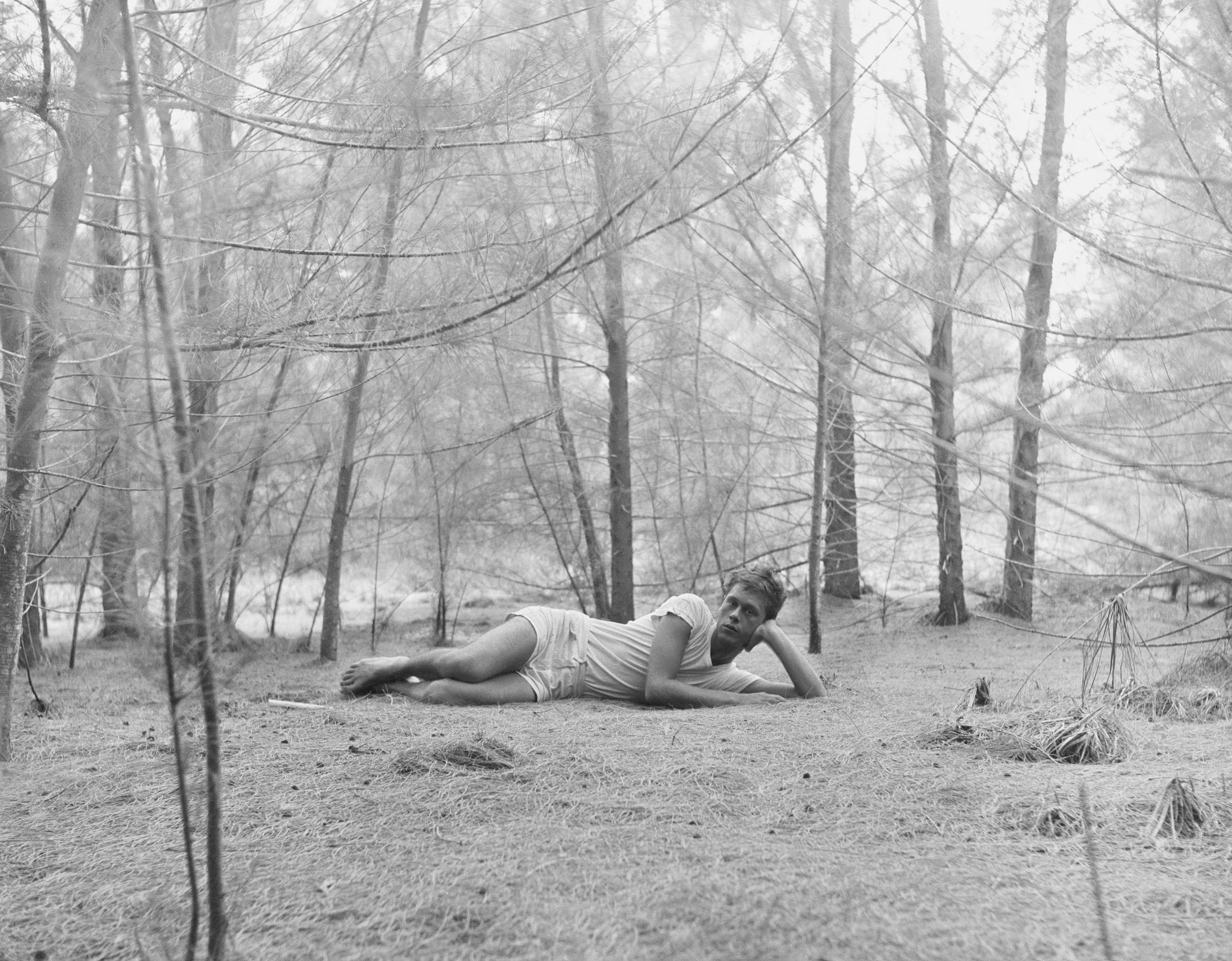 Inside the seductive and mischievous relationship between Paul Thek and Peter Hujar
Inside the seductive and mischievous relationship between Paul Thek and Peter HujarUntil now, little has been known about the deep friendship between artist Thek and photographer Hujar, something set to change with the release of their previously unpublished letters and photographs
-
 In addition to brutalist buildings, Alison Smithson designed some of the most creative Christmas cards we've seen
In addition to brutalist buildings, Alison Smithson designed some of the most creative Christmas cards we've seenThe architect’s collection of season’s greetings is on show at the Roca London Gallery, just in time for the holidays
-
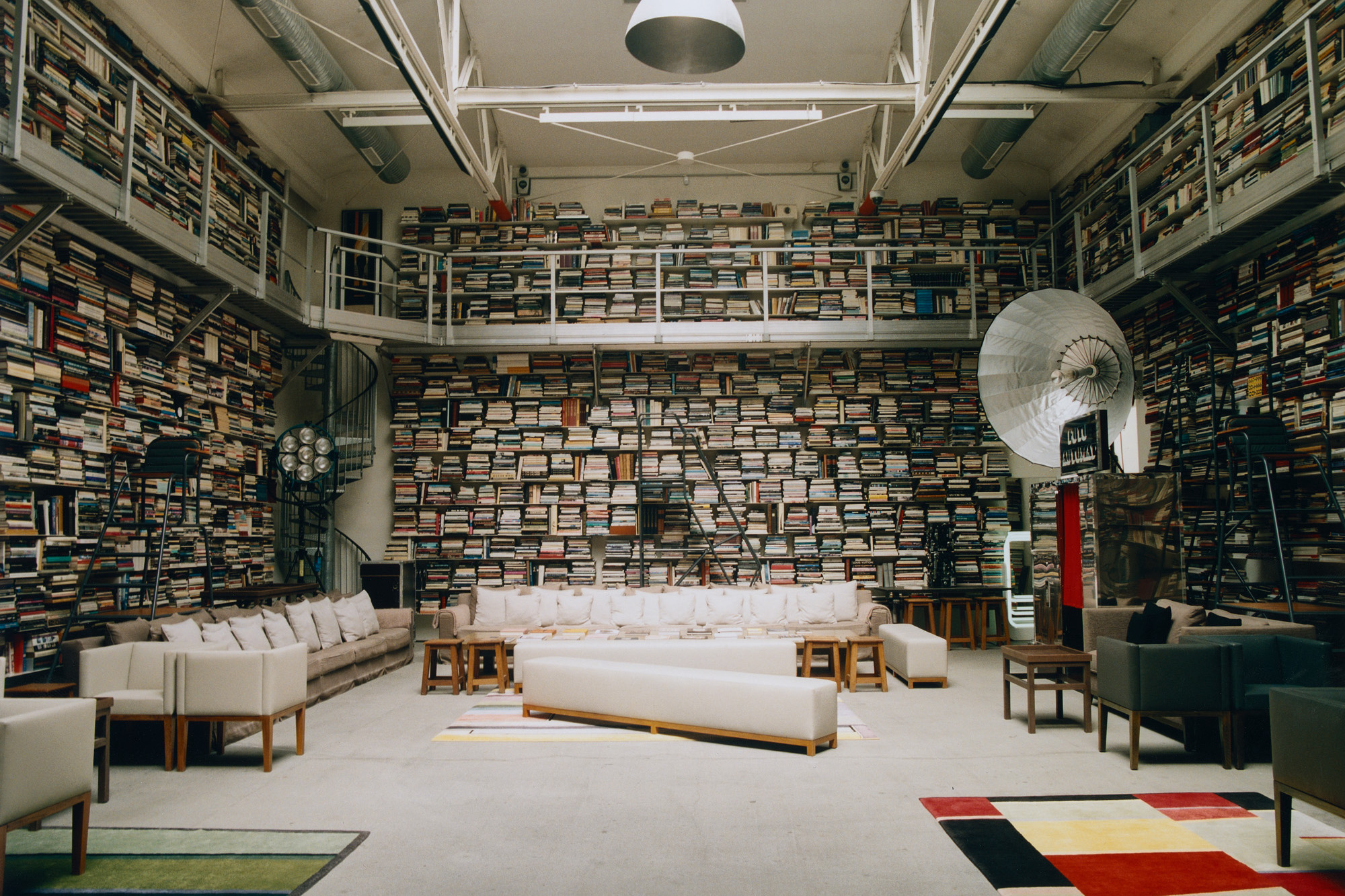 Inside Karl Lagerfeld’s extraordinary Paris library and bookshop, a haven for the bibliophile
Inside Karl Lagerfeld’s extraordinary Paris library and bookshop, a haven for the bibliophileWe take an exclusive tour of Karl Lagerfeld’s Paris bookshop and library 7L, which is keeping the legendary fashion designer’s vision alive with a scintillating programme of cultural events
-
 ‘Becoming Karl Lagerfeld’: Daniel Brühl on playing the fashion legend in new series
‘Becoming Karl Lagerfeld’: Daniel Brühl on playing the fashion legend in new seriesAward-winning actor Daniel Brühl opens up to Wallpaper* about playing Karl Lagerfeld in ‘Becoming Karl Lagerfeld’, a new biopic of the legendary designer from Disney+
-
 Virginie Viard is leaving Chanel
Virginie Viard is leaving ChanelAfter 30 years, Chanel has confirmed that Virginie Viard – who took over as artistic director from Karl Lagerfeld in 2019 – is leaving the Parisian house
-
 Met Gala 2024 and ‘Sleeping Beauties’ exhibition: what to expect
Met Gala 2024 and ‘Sleeping Beauties’ exhibition: what to expectEverything Wallpaper* knows about the Met Gala 2024 this evening (6 May 2024) – from the theme, exhibition and dress code to the A-list co-chairs
-
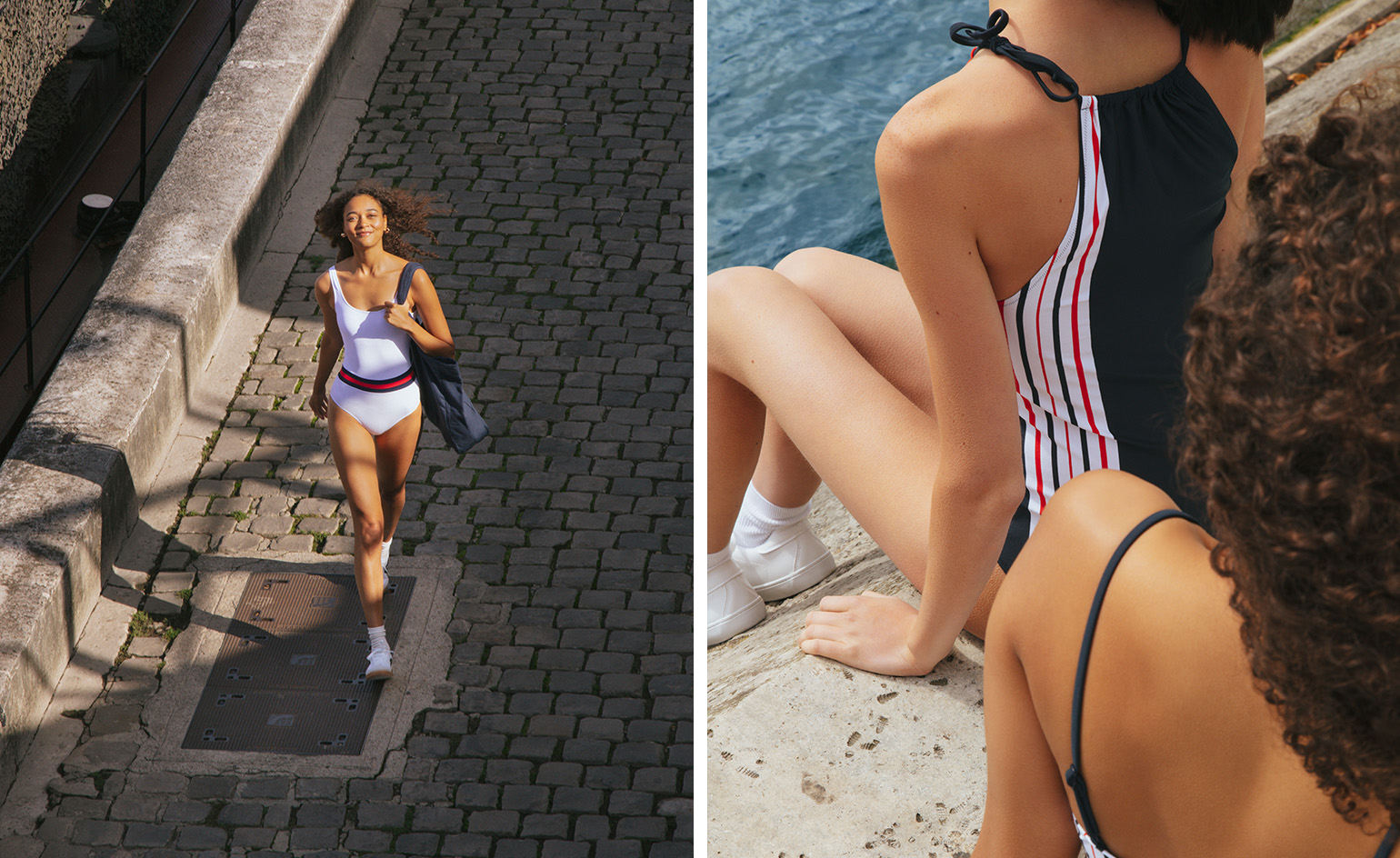 Paris meets St Tropez in Vilebrequin and Ines de la Fressange’s swimwear capsule
Paris meets St Tropez in Vilebrequin and Ines de la Fressange’s swimwear capsuleSwimwear label Vilebrequin collaborates with French designer Ines de la Fressange on a capsule collection that draws from the banks of the Seine and the beaches of the Côte d’Azur
-
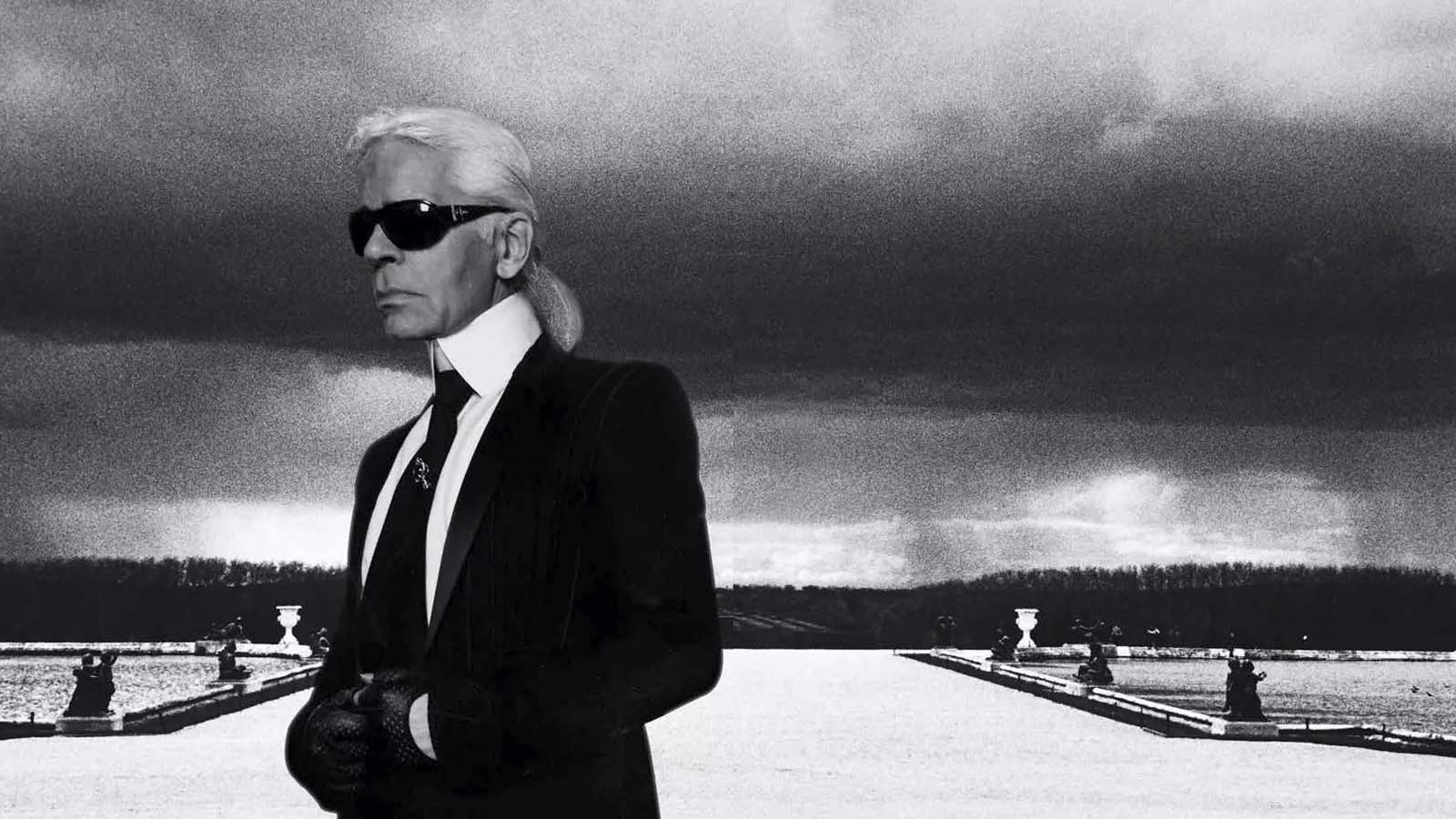 This winter’s most stylish fashion books revisit the greats, from Coco Chanel to Karl Lagerfeld
This winter’s most stylish fashion books revisit the greats, from Coco Chanel to Karl LagerfeldCoco Chanel, Yves Saint Laurent and Karl Lagerfeld are the subjects of the season’s most transporting fashion books, ready to sustain the style-conscious bibliophile through the cold winter months
-
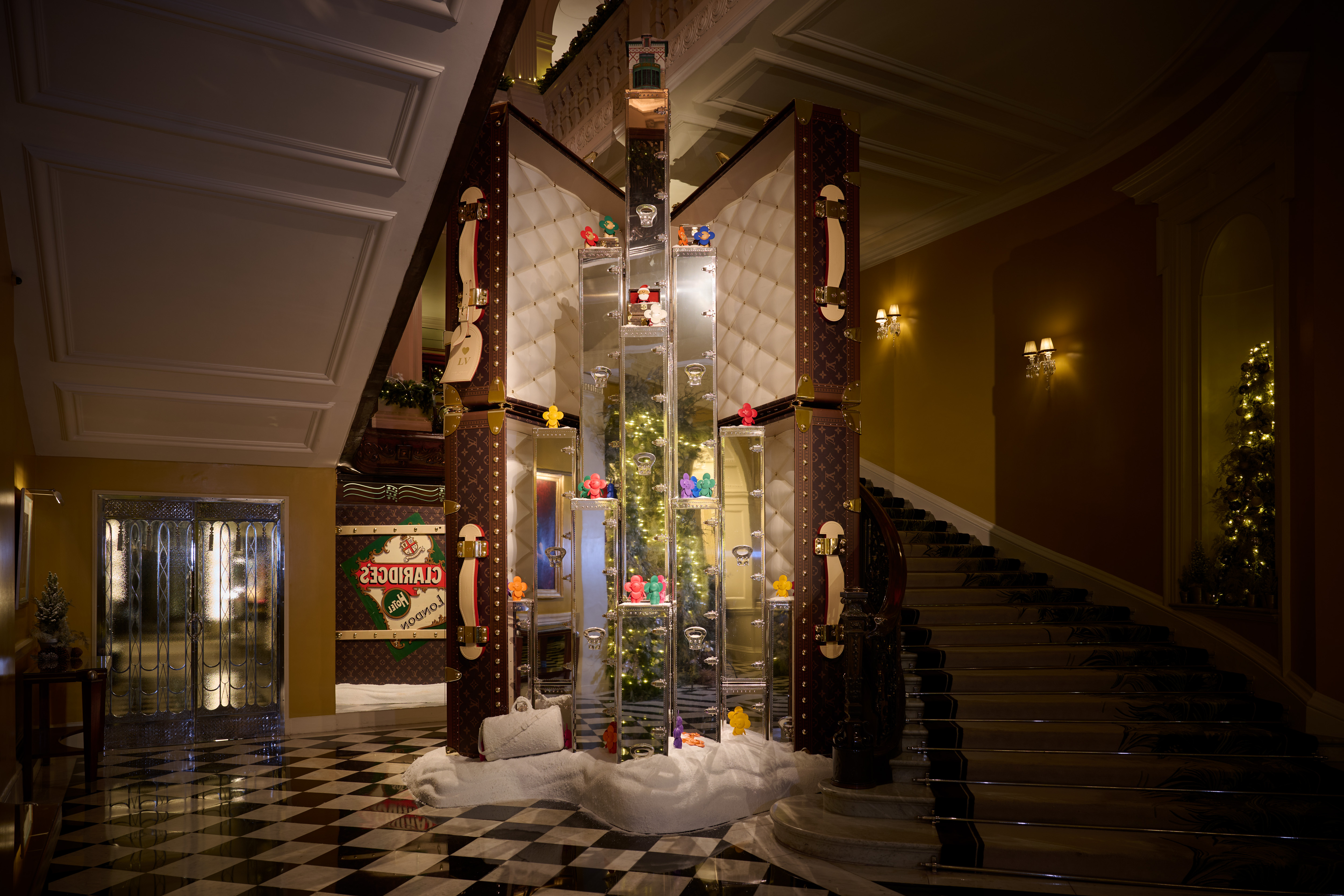 Louis Vuitton’s Claridge’s Christmas tree is a shimmering ode to travel
Louis Vuitton’s Claridge’s Christmas tree is a shimmering ode to travelLouis Vuitton is the latest fashion name to create London hotel Claridge’s Christmas tree, which heralds the start of the festive season
-
 Revisit Celine’s menswear show at Paris nightspot Le Palace in this new Hedi Slimane-shot film
Revisit Celine’s menswear show at Paris nightspot Le Palace in this new Hedi Slimane-shot filmPlus, Celine announces the date of its next menswear show in Paris, set to take place 2 July 2023